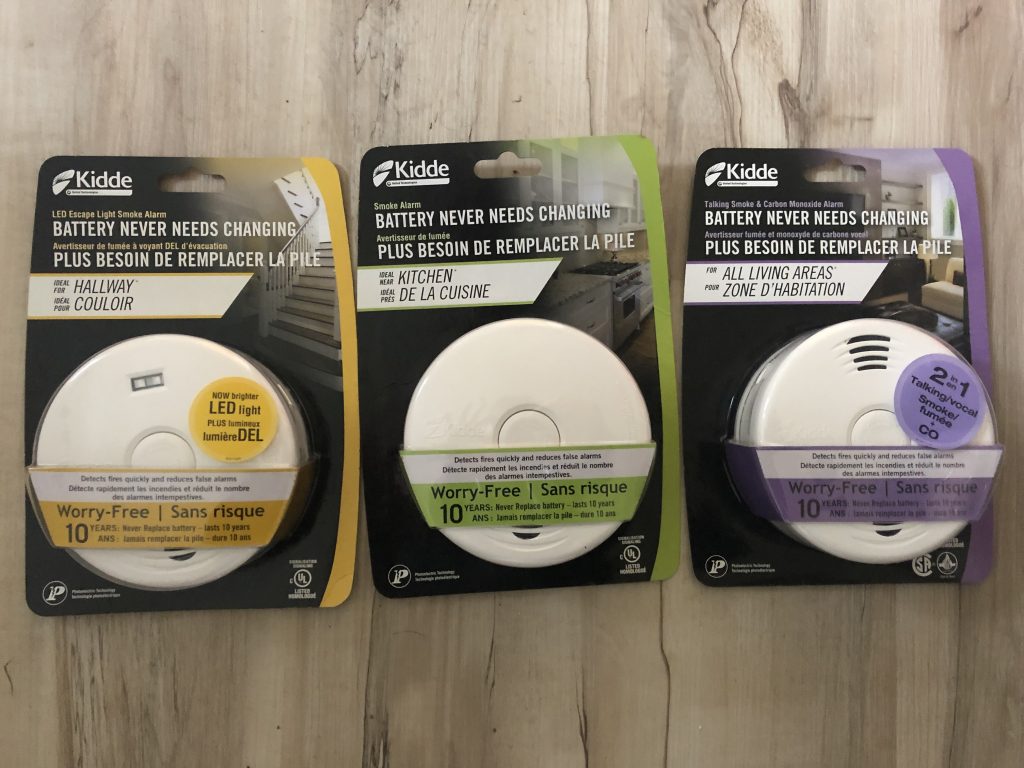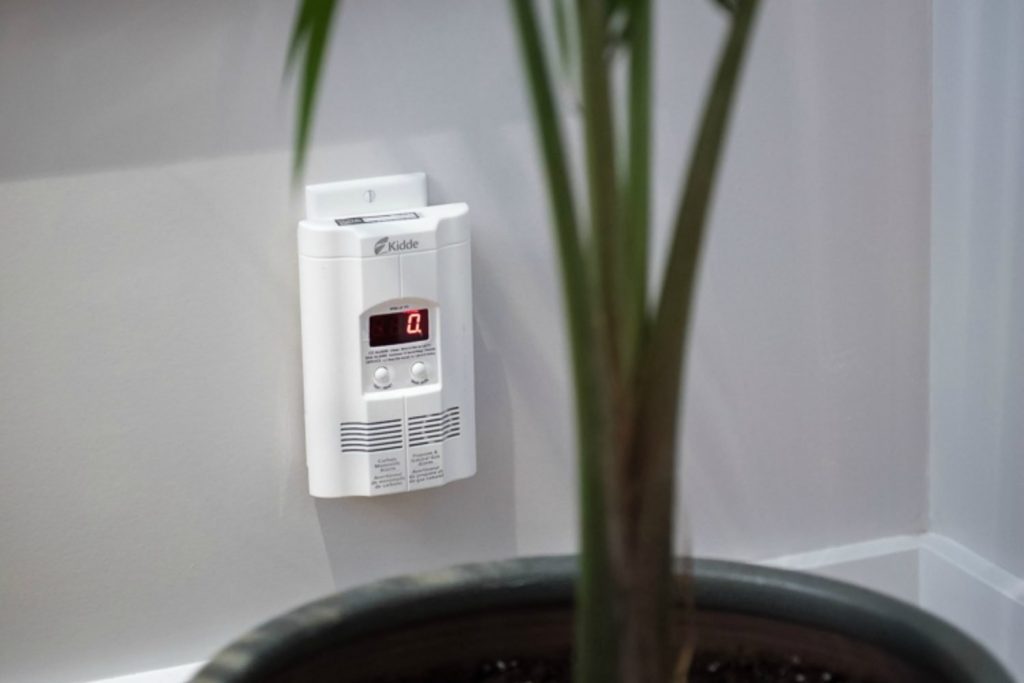Smoke Alarms 101
When it comes to fires in the home, early warning is critical. Protecting your home and family should always be the top priority, so don’t hesitate – do your research and make smoke alarms a priority in your home safety plan.
Smoke alarms are one of the best and least expensive ways to provide early warning when a fire begins. When properly installed and maintained, smoke alarms can help prevent injuries and minimize property damage. And when you look at the facts, it’s clear that, in many cases, they can mean the difference between life and death.
Check out these stats, courtesy of Kidde:
- Nearly half of fire deaths in North American occur in the 4% of homes that do not have smoke alarms. (NFPA)
- The risk of dying in homes without smoke alarms is twice as high as it is in homes that have working smoke alarms. (Consumer Product Safety Commission)

Types of Smoke Alarms
There are two types of alarms: Ionization sensing alarms and Photoelectric sensing alarms
- Ionization sensing alarms may detect invisible fire particles (associated with fast flaming fires) sooner than photoelectric alarms.
- Photoelectric sensing alarms may detect visible fire particles (associated with slow smouldering fires) sooner than ionization alarms.
For the absolute best protection, install both smoke alarm technologies in your home. Kidde offers photoelectric and ionization smoke alarms, as well as a dual-sensor model, which incorporates both.
Smoke Alarm Safety Tips
According to the National Fire Protection Association (NFPA), in 1-in-5 homes that have smoke alarms, none of the units work, mainly due to dead, missing or disconnected batteries. This is a really upsetting statistic, because it’s such a simple thing to fix, and can make a massive difference to your family’s safety.
With this in mind, make sure to follow these tips.
- Install them on every floor of your home, in hallways, inside bedrooms and outside of sleeping areas. Not sure which one goes where? Check out my article on how to choose the right alarm per area.
- Replace smoke alarms every 10 years. Alarms monitor the home every minute of every day and their lifespan is not infinite. If you don’t know how old your alarm is, you should replace it.
- Test your smoke alarm weekly and replace the batteries as needed.
- Gently vacuum your smoke alarm monthly to prevent dirt from blocking the sensor.
- Never disable a smoke alarm in nuisance or false alarm situations.
- Do not “borrow” smoke alarm batteries for other uses such as toys or radios.
- Develop and practice a fire escape plan with the family, so that everyone knows what to do and where to go when the alarm sounds.
Also, consider installing interconnected smoke alarms for maximum safety. They can be hardwired or wireless, and if one goes off they all go off. This means if a fire starts in the basement and is detected by the alarm the ones upstairs will also go off. (Keep in mind that just because an alarm is hardwired it doesn’t mean it lasts forever. Just like battery operated alarms they must be replaced every 10 years.)

Looking for more information, including info on CO alarms? Check out my fire safety tips.
All information courtesy of Kidde

Comments